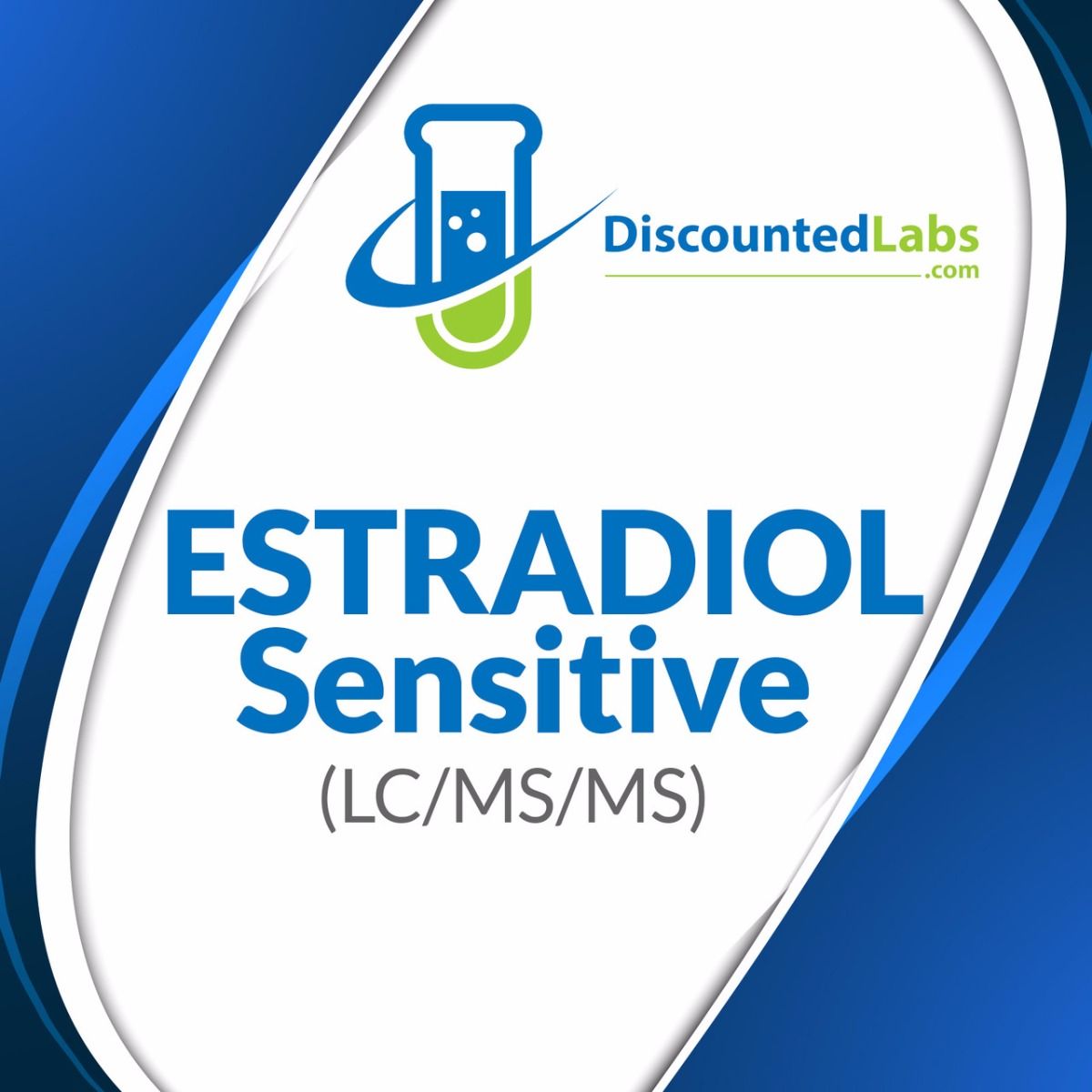madman
Super Moderator
Sense and nonsense concerning biotin interference in laboratory tests (2020)
Alena Moerman & Joris R. Delanghe
ABSTRACT
Introduction: Biotin supplementation (mainly OTC preparations) has gained popularity. There are concerns about biotin interference in immunoassays and potential misdiagnosis, especially since the discovery of high-dose therapy in MS. This review summarizes the dangers of biotin usage and possible countermeasures.
Methods: Immunoassays design determines whether positive or negative analytical errors may occur. Techniques using biotinylated reagents and biotin-binding proteins may generate errors. In sandwich immunoassays, biotin causes lowered results. Competitive immunoassays are more vulnerable: biotin usage causes false increased results. The interference is platform-dependent. Parameters vary in their susceptibility: a combination of false positives and negatives mimicking a coherent profile is dangerous, e.g. combining falsely lowered TSH with falsely elevated FT4/FT3 mimicking hyperthyreosis. Other susceptible parameters are thyroglobulin, DHEA-S, estradiol, testosterone, ferritin, progesterone, Vitamin D, Vitamin B12, PSA, PTH, LH, FSH, Troponins I and T, Pro-BNP. Digoxin and PSA may also be affected. Tumor markers and ßhCG are robust. Inserts of serological markers of HIV, hepatitis B, and C warn of biotin interference.
Results: Manufacturers have made assays less vulnerable to biotin interference. In doubtful cases, it is helpful to determine testosterone in females and estrogen in males. Both are elevated if biotin interference is present. Biotin supplementation should be discontinued. However, this is impossible in MS patients needing biotin, as interrupting this medication is discouraged.
Conclusions: Solutions to overcome this interference are: informing patients prior to analysis (avoiding peak biotin values when sampling), choice of appropriate immunoassays, and use of biotin removing steps prior to analysis.
Conclusion
The problem concerning biotin and its interference in immunoassays is real and should not be minimized. It is expected that the magnitude of the issue will only increase since the OTC and mainly pharmacologic usage will continue to rise. Alertness and awareness are the keys to the solution. When the problem is noticed in time, there are a number of strategies to overcome this interference: informing the patient prior to analysis (avoiding peak biotin values at the moment of sampling), choice of appropriate immunoassays, and (in case of doubtful result), use of biotin removing steps prior to analysis).
Alena Moerman & Joris R. Delanghe
ABSTRACT
Introduction: Biotin supplementation (mainly OTC preparations) has gained popularity. There are concerns about biotin interference in immunoassays and potential misdiagnosis, especially since the discovery of high-dose therapy in MS. This review summarizes the dangers of biotin usage and possible countermeasures.
Methods: Immunoassays design determines whether positive or negative analytical errors may occur. Techniques using biotinylated reagents and biotin-binding proteins may generate errors. In sandwich immunoassays, biotin causes lowered results. Competitive immunoassays are more vulnerable: biotin usage causes false increased results. The interference is platform-dependent. Parameters vary in their susceptibility: a combination of false positives and negatives mimicking a coherent profile is dangerous, e.g. combining falsely lowered TSH with falsely elevated FT4/FT3 mimicking hyperthyreosis. Other susceptible parameters are thyroglobulin, DHEA-S, estradiol, testosterone, ferritin, progesterone, Vitamin D, Vitamin B12, PSA, PTH, LH, FSH, Troponins I and T, Pro-BNP. Digoxin and PSA may also be affected. Tumor markers and ßhCG are robust. Inserts of serological markers of HIV, hepatitis B, and C warn of biotin interference.
Results: Manufacturers have made assays less vulnerable to biotin interference. In doubtful cases, it is helpful to determine testosterone in females and estrogen in males. Both are elevated if biotin interference is present. Biotin supplementation should be discontinued. However, this is impossible in MS patients needing biotin, as interrupting this medication is discouraged.
Conclusions: Solutions to overcome this interference are: informing patients prior to analysis (avoiding peak biotin values when sampling), choice of appropriate immunoassays, and use of biotin removing steps prior to analysis.
Conclusion
The problem concerning biotin and its interference in immunoassays is real and should not be minimized. It is expected that the magnitude of the issue will only increase since the OTC and mainly pharmacologic usage will continue to rise. Alertness and awareness are the keys to the solution. When the problem is noticed in time, there are a number of strategies to overcome this interference: informing the patient prior to analysis (avoiding peak biotin values at the moment of sampling), choice of appropriate immunoassays, and (in case of doubtful result), use of biotin removing steps prior to analysis).
Attachments
-
[email protected]561.1 KB · Views: 422

















